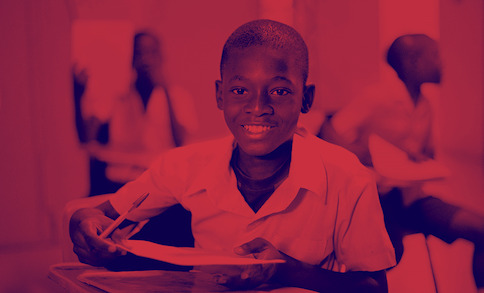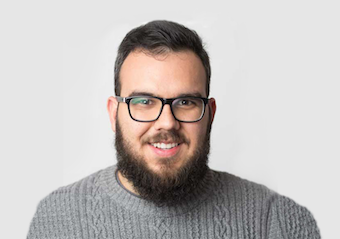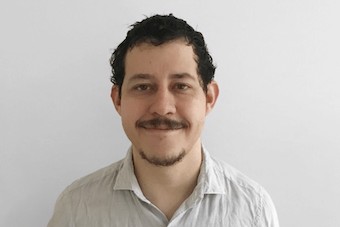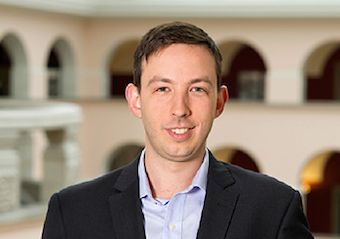
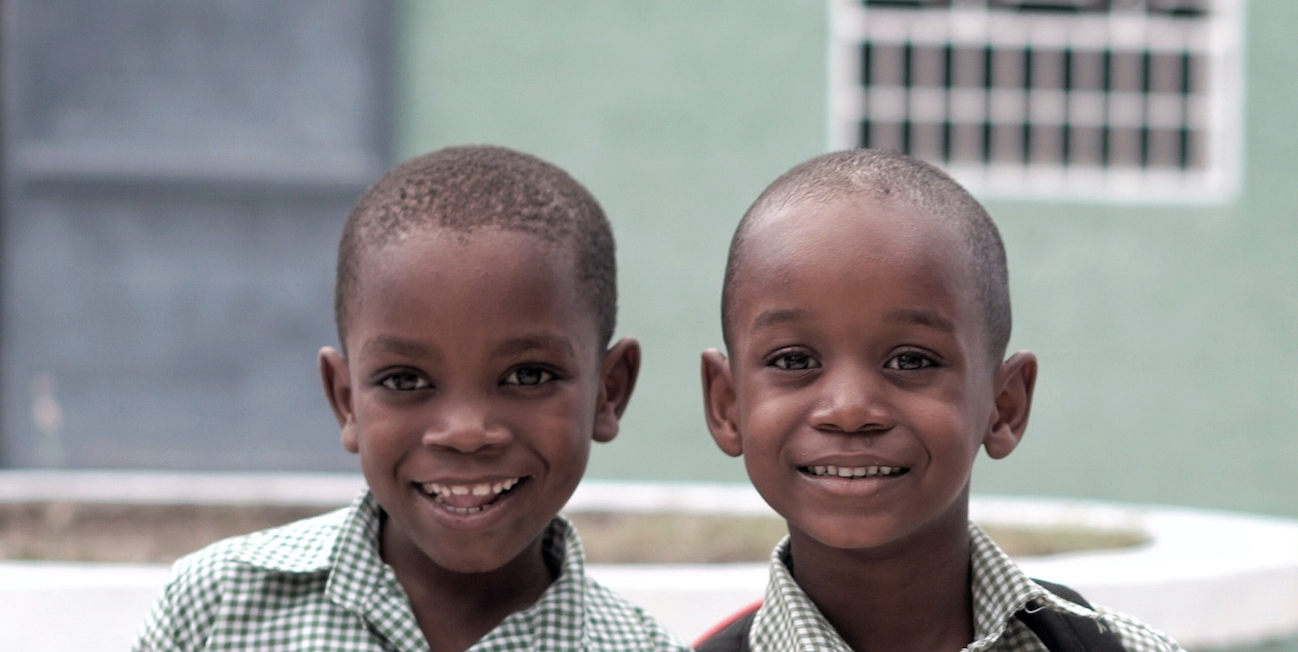
School closures due to Covid-19 have left 1.6 billion students without in-person classes for a prolonged period. The lion’s share of those students is in developing countries, with limited access to the devices and connectivity necessary to facilitate remote learning. In deciding whether to allow in-person classes to resume, policymakers face a trade off between the potential health costs associated with the of reopening schools during the pandemic and the potential educational costs of keeping them shut for longer still. However, evidence on the magnitude of these costs in developing countries is limited. Lacking sufficient data to inform governmental decisions, the public debate has centered on whether to reopen schools or not, rather than on how to reopen them safely, putting the future of children and adolescents at risk.


Firstly, we document first-hand the educational impacts of school closures and reopening in a developing country during the pandemic. Taking advantage of the fact that São Paulo featured in-person classes for most of the first school quarter of 2020, but not after that, we find that dropout risk increased by 365% during school closures in 2020. While risk increased with local disease activity, most of it can be attributed directly to the absence of in-person classes: we estimate that dropout risk increased by no less than 247% across the State, even at the low end of the distribution of per capita COVID-19 cases. Students only achieved 27.5% of the learning outcomes of the typical year equivalent while schools were closed, with learning losses concentrated on vulnerable students (girls, black and brown students) and on vulnerable schools (those located in the poorest neighborhoods, and that did not offer online academic activities before the pandemic).
Authorizing schools to partially reopen for in-person classes at the 4th quarter of 2020 increased high-school students’ test scores by 20%, bringing learning losses to roughly 2/3 (compared to 3/4 in municipalities that did not authorize schools to reopen). Having said that, reopening schools for this limited period could not mitigate the dramatic increase in dropout risk during school closures. Moreover, the reopening of schools only for optional activities was insufficient to mitigate learning losses among middle-school students.
Secondly, we document the potential contribution of school reopening during that period on local disease activity. We find that school reopening did not increase Covid-19 incidence or mortality on average, up to 12 weeks after reopening, even in municipalities with low-quality school infrastructure, low per capita income, high senior population share, or those most severely affected by the pandemic. School reopening in the pandemic did not increase municipal-level Covid-19 incidence or deaths not only because school communities represent a small fraction of the overall population, but also because counterfactual mobility during the pandemic was already substantial: Google data attests that, by the time schools reopened for in-person activities, local mobility was similar to that before the pandemic – even in municipalities that did not authorize schools to reopen in 2020 – rendering the marginal health benefits of keeping schools closed negligible.
The loop child and adolescent under-education, as a result of increased dropout risk and learning losses without in-person classes.
Breaking the loop: allowing in-person classes to return under safe school reopening protocols to ensure that every child and youth have access to adequate education
School Closures and Reopening in the Pandemic
The study finds that in-person activities did not contribute to aggregate Covid-19 cases or deaths between October and December 2020 in São Paulo State, Brazil – largely because mobility was already very close to pre-pandemic levels in the State.
- StatusOngoing
- CountryBrazil
- Program areaNo Poverty, Health Wellbeing, Education, COVID-19
- TopicsCOVID-19, School closure, learning costs, health costs
- PartnersSecretaria de Educação do Estado de São Paulo, MOVVA
- Timeline2020-2021
- Study TypeRandomized evaluation and quasi-experimental design
- Sample Size~200,000 students in the experimental intervention and 645 municipalities in the quasi-experimental design
Similar
Child Development Study
Longitudinal Study on Child Development Based on Wearable Technologies.
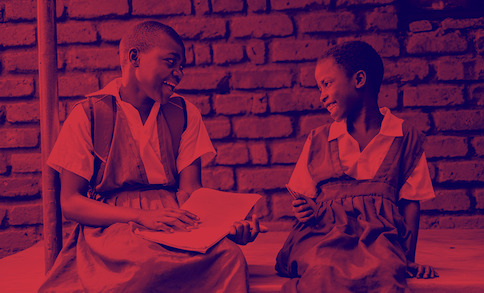
Preventing Student Dropouts in the Pandemic
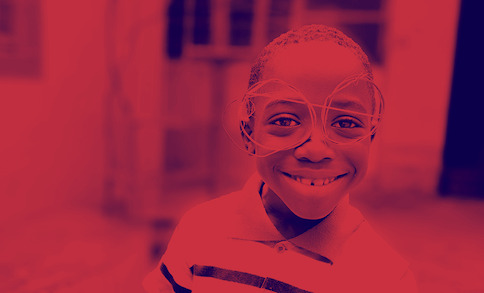
The Growth Mindset Project
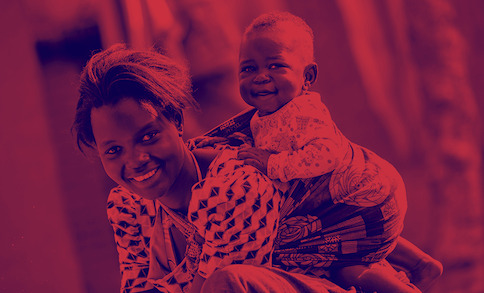
Preventive Health Care in Malawi
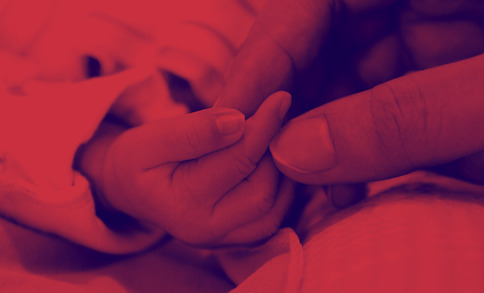
Sex-Selective Abortion in Armenia
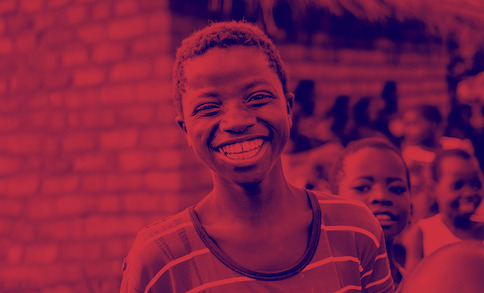
Harmful Practices against Girls in Malawi
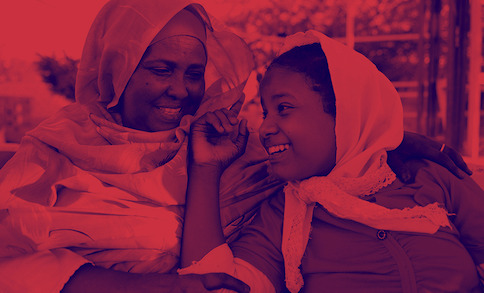
Parental Investment in Children
